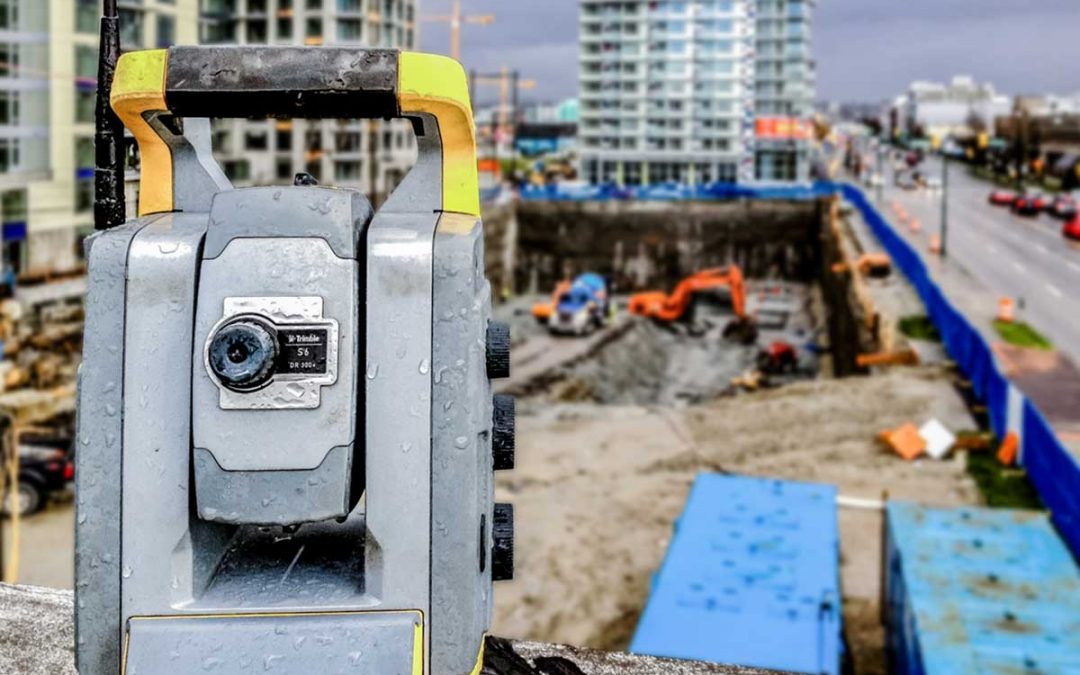The nature of safety and its implication to engineering is roughly defined as the capability of a designed structure withstanding natural extreme forces (disasters) which may occur during its life cycle. The life cycle, in turn, is defined by the building intent or purpose: typically, 50 years.
Engineers consider forces such as live loads (loads resulting from the use of the structure), wind, seismic, etc., and combinations of these forces as defined in Australian Standards.
The resulting designed structure should be “safe” to perform under foreseeable loads, which are defined by building intent and natural environmental effects on it. Stress shall not exceed values defined by the property of material and deflections shall not exceed values defined in Australian Standards.
A “safe” structure would need to be strong enough not to fail under perceivable loads defined by the purpose of the building and Australian Standards, as well as resilient to any reasonably expected deformations caused by loads. A structure is typically deemed safe if the probability of failure during its design is less than a specified low value.
Safety is also related to risk: The risk to the occupants of a safe structure. The risk may be considered as a function of hazard. Adequate assessment of the hazard helps to mitigate risk.
We, as engineers design structures holding building together on all stages i.e., building design, seismic design, structural engineering and design, civil engineering and design and even drafting and project and construction management; under any perceivable combinations of loads that may impact the building, keep it sustainable, safe for occupants and guarantee adequate structural performance of the building for the duration of its life cycle.


Recent Comments